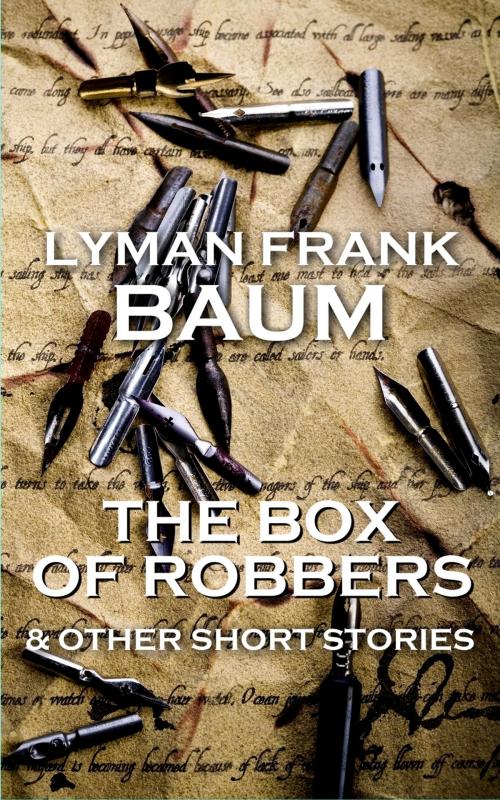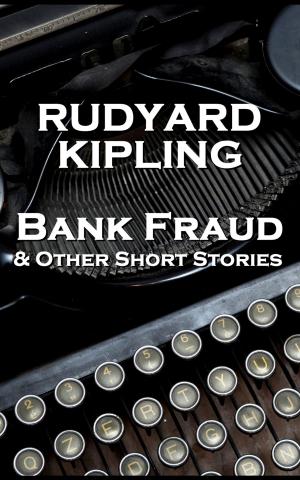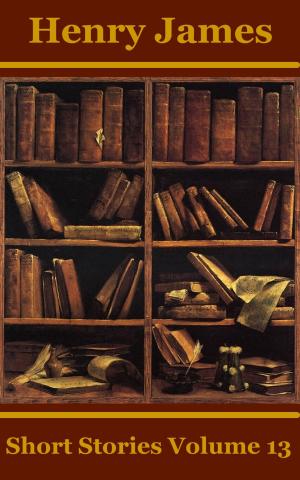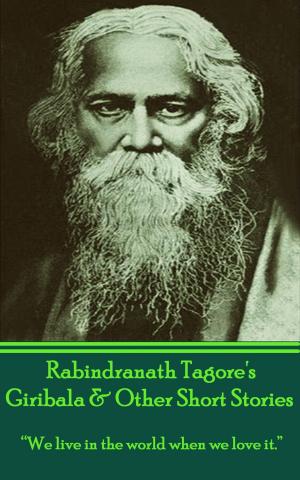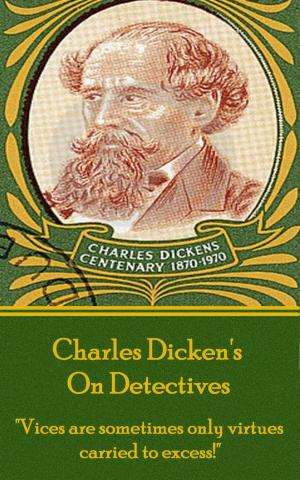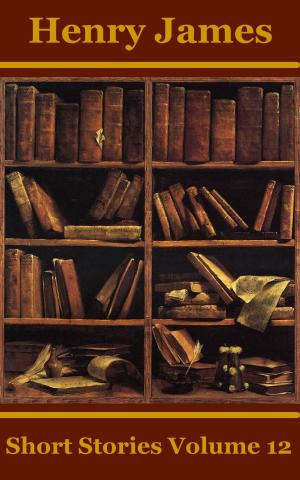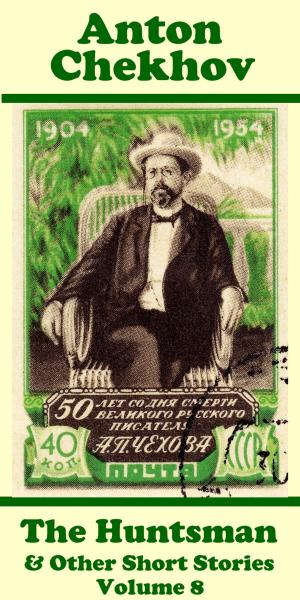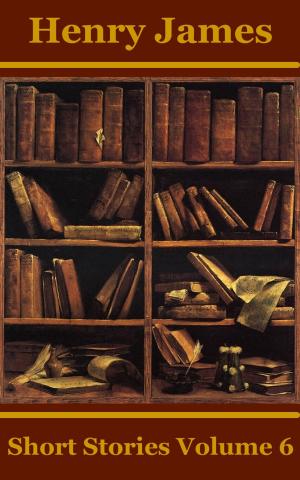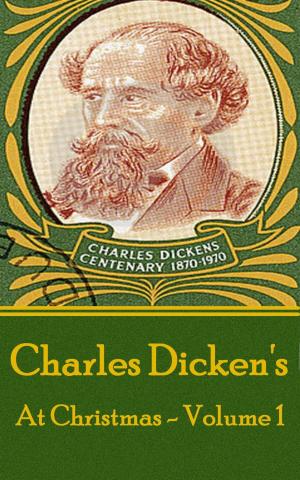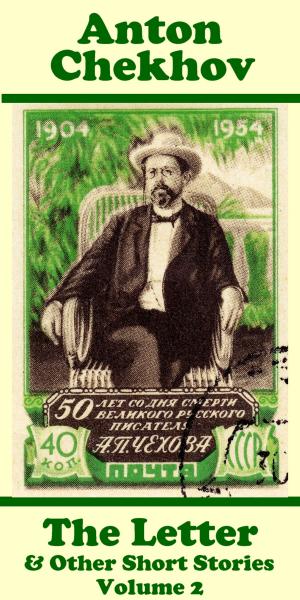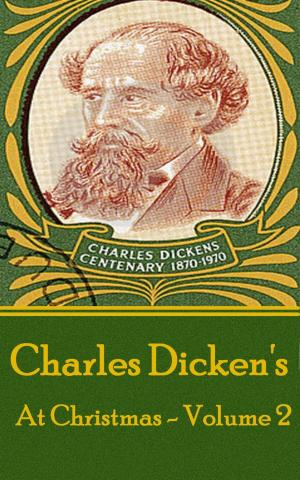| Author: | Lyman Frank Baum | ISBN: | 9781780009216 |
| Publisher: | Miniature Masterpieces | Publication: | December 15, 2009 |
| Imprint: | Language: | English |
| Author: | Lyman Frank Baum |
| ISBN: | 9781780009216 |
| Publisher: | Miniature Masterpieces |
| Publication: | December 15, 2009 |
| Imprint: | |
| Language: | English |
He was fascinated by printing and early on was given a printing press from which he produced a number of journals. By age 20 he managed to combine his love of printing with that of poultry breeding, in particular a variety called The Hamburg, to produce the The Poultry Record, (In 1886, when Baum was 30 years old, his first book was published: The Book of the Hamburgs: A Brief Treatise upon the Mating, Rearing, and Management of the Different Varieties of Hamburgs). He also had a life time infatuation with the Theatre which at times would bring him to near bankruptcy. In 1880, his father built him a theatre in Richburg, New York, and Baum set about writing plays and gathering together an actors company. The Maid of Arran, was his first, a melodrama with songs based on William Black's novel A Princess of Thule, proved a modest success. Baum not only wrote the play but composed songs for it (making it a prototypical musical, as its songs relate to the narrative), and acted in the leading role. On November 9, 1882, Baum married Maud Gage, a daughter of Matilda Joslyn Gage, a famous women's suffrage and radical feminist activist. While Baum was touring with The Maid of Arran, the theatre in Richburg caught fire during a production of Baum's ironically-titled parlor drama, Matches, destroying not only the theatre, but the only known copies of many of Baum's scripts, including Matches, as well as costumes. In July 1888, Baum and his wife moved to Aberdeen, Dakota Territory, where he opened a store, "Baum's Bazaar". His habit of giving out wares on credit led to the eventual bankrupting of the store, so he turned to editing a local newspaper; The Aberdeen Saturday Pioneer, where he also wrote a column, Our Landlady. In December 1890, Baum urged the wholesale extermination of all America's native peoples in a column he wrote on December 20, 1890, nine days before the Wounded Knee Massacre. Whilst such views may have been fairly common then they seem all the more shocking in the context of his popular childrens stories. Baum's description of Kansas in The Wonderful Wizard of Oz is based on his experiences in drought-ridden South Dakota. While Baum was in South Dakota, he sang in a quartet that included a man who would become one of the first Populist Senators in the U.S., James Kyle. After Baum's newspaper failed in 1891, he, Maud and their four sons moved to Humboldt Park, Chicago, where Baum took a job with the Evening Post. In 1897, and for several years thereafter he edited a magazine for advertising agencies focused on window displays in stores. The major department stores created elaborate Christmas time fantasies, using clockwork mechanisms that made people and animals appear to move. In 1897, he wrote and published Mother Goose in Prose, a collection of Mother Goose rhymes written as prose stories, and illustrated by Maxfield Parrish. Mother Goose was a moderate success, and allowed Baum to quit his door-to-door sales job. In 1899 Baum partnered with illustrator W. W. Denslow, to publish Father Goose, His Book, a collection of nonsense poetry. The book was a success, becoming the best-selling children's book of the year. In 1900, Baum and Denslow published The Wonderful Wizard of Oz to critical acclaim and financial success. It was the best-selling children's book for two years running. Baum went on to write thirteen more novels based on the places and people of the Land of Oz. His writing was prolific though at times weak and he constantly delved into other challenges. In the 1900s he moved to the newly emerging film center of Hollywood and he began his own film company, he also planned and announced an amusement park of the California coast. He was a man rich in ideas and energy but many were ill thought out and ill fated. Still his fame was set as a beloved writer of childrens fiction and the magnificence of the creation he called Oz. On May 5, 1919, Baum suffered from a stroke. He died quietly the next day, nine days short of his 63rd birthday. At the end he mumbled in his sleep, "Now we can cross the Shifting Sands." He was buried in Glendale's Forest Lawn Memorial Park Cemetery. His final Oz book, Glinda of Oz, was published on July 10, 1920. The Oz series was continued long after his death by other authors, notably Ruth Plumly Thompson, who wrote an additional nineteen Oz books
He was fascinated by printing and early on was given a printing press from which he produced a number of journals. By age 20 he managed to combine his love of printing with that of poultry breeding, in particular a variety called The Hamburg, to produce the The Poultry Record, (In 1886, when Baum was 30 years old, his first book was published: The Book of the Hamburgs: A Brief Treatise upon the Mating, Rearing, and Management of the Different Varieties of Hamburgs). He also had a life time infatuation with the Theatre which at times would bring him to near bankruptcy. In 1880, his father built him a theatre in Richburg, New York, and Baum set about writing plays and gathering together an actors company. The Maid of Arran, was his first, a melodrama with songs based on William Black's novel A Princess of Thule, proved a modest success. Baum not only wrote the play but composed songs for it (making it a prototypical musical, as its songs relate to the narrative), and acted in the leading role. On November 9, 1882, Baum married Maud Gage, a daughter of Matilda Joslyn Gage, a famous women's suffrage and radical feminist activist. While Baum was touring with The Maid of Arran, the theatre in Richburg caught fire during a production of Baum's ironically-titled parlor drama, Matches, destroying not only the theatre, but the only known copies of many of Baum's scripts, including Matches, as well as costumes. In July 1888, Baum and his wife moved to Aberdeen, Dakota Territory, where he opened a store, "Baum's Bazaar". His habit of giving out wares on credit led to the eventual bankrupting of the store, so he turned to editing a local newspaper; The Aberdeen Saturday Pioneer, where he also wrote a column, Our Landlady. In December 1890, Baum urged the wholesale extermination of all America's native peoples in a column he wrote on December 20, 1890, nine days before the Wounded Knee Massacre. Whilst such views may have been fairly common then they seem all the more shocking in the context of his popular childrens stories. Baum's description of Kansas in The Wonderful Wizard of Oz is based on his experiences in drought-ridden South Dakota. While Baum was in South Dakota, he sang in a quartet that included a man who would become one of the first Populist Senators in the U.S., James Kyle. After Baum's newspaper failed in 1891, he, Maud and their four sons moved to Humboldt Park, Chicago, where Baum took a job with the Evening Post. In 1897, and for several years thereafter he edited a magazine for advertising agencies focused on window displays in stores. The major department stores created elaborate Christmas time fantasies, using clockwork mechanisms that made people and animals appear to move. In 1897, he wrote and published Mother Goose in Prose, a collection of Mother Goose rhymes written as prose stories, and illustrated by Maxfield Parrish. Mother Goose was a moderate success, and allowed Baum to quit his door-to-door sales job. In 1899 Baum partnered with illustrator W. W. Denslow, to publish Father Goose, His Book, a collection of nonsense poetry. The book was a success, becoming the best-selling children's book of the year. In 1900, Baum and Denslow published The Wonderful Wizard of Oz to critical acclaim and financial success. It was the best-selling children's book for two years running. Baum went on to write thirteen more novels based on the places and people of the Land of Oz. His writing was prolific though at times weak and he constantly delved into other challenges. In the 1900s he moved to the newly emerging film center of Hollywood and he began his own film company, he also planned and announced an amusement park of the California coast. He was a man rich in ideas and energy but many were ill thought out and ill fated. Still his fame was set as a beloved writer of childrens fiction and the magnificence of the creation he called Oz. On May 5, 1919, Baum suffered from a stroke. He died quietly the next day, nine days short of his 63rd birthday. At the end he mumbled in his sleep, "Now we can cross the Shifting Sands." He was buried in Glendale's Forest Lawn Memorial Park Cemetery. His final Oz book, Glinda of Oz, was published on July 10, 1920. The Oz series was continued long after his death by other authors, notably Ruth Plumly Thompson, who wrote an additional nineteen Oz books
